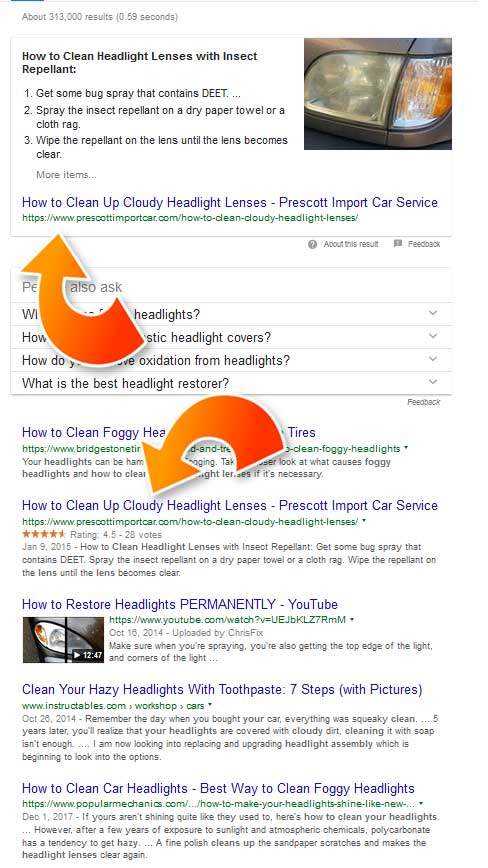In order for your website to rank high in organic search results, your content must offer value to the reader. This means addressing a problem that they have and offering a solution. When your content does this, it is considered valuable and is more likely to be shared. As a result, Google will recognize this value and reward your page with high organic rankings. Keep reading to learn more about how you can make sure your content is scratching an itch for your visitors.
The Problem with Keyword Stuffing
One common mistake that website owners and writers make when trying to optimize their website for organic search is keyword stuffing. This is when you stuff keywords into your content in an attempt to make your site more relevant to those keywords. However, not only is this bad for the user experience, it can actually hurt your chances of ranking high in organic search results. Google’s algorithm has become sophisticated enough to identify keyword stuffing, and it will penalize your site for it. So how can you avoid keyword stuffing and still make sure your content is relevant?
Use Keywords Strategically
Instead of stuffing keywords into your content, use them strategically. This means using them in a way that improves the quality of your content without sacrificing the user experience. For example, you can use keywords throughout your title, headings, and subheadings. This helps Google understand what your content is about while also making it easier for visitors to scan and find the information they’re looking for. You can also use keywords naturally throughout the body of your text without going overboard. Just remember that quality trumps quantity when it comes to using keywords.
Make Your Content shareable
Another way to ensure that your content is valuable is by making it shareable. This means creating content that is interesting and informative enough that visitors will want to share it with their friends and followers. There are a few ways you can make sure your content is shareable:
- Make it useful content: Try to solve a problem, or offer real guidance. All content should not be written to sell or otherwise generate leads as the first objective. If your first objective is to write content for the user, that content should bring traffic, leads, and sales.
- Use images, infographics, and videos: People are more likely to share visual content than text-only content. Adding visuals to your article makes it more visually appealing and easier to digest—two factors that increase the likelihood of someone sharing it.
- Write catchy headlines: A good headline will make people want to click on your article so they can find out more. Try to avoid clickbait headlines, though—you don’t want people to feel misled after reading your article. Instead, focus on writing headlines that are interesting and accurate representations of what’s inside.
- Use social media buttons: If you want people to share your content on social media, make it easy for them by adding social media buttons to each article or blog post. This allows visitors to share your content with just a few clicks—no copy/pasting required!
By following these tips, you can create shareable content that will help improve your organic SEO rankings.
How-To and Best-Of Content Work Well
Unless someone is shopping for a product or service, chances are someone is looking for information to answer a question. Two formats that people use when searching are “How to” and “Best (items)”. The “Best” can also be “Top 5”, “Top 10”, and so on.
- How-To articles: If you know how to do something really well, and you can tie this into your business or website subject then these articles work very well. See the image below for an example. I wrote a blog article for a client in which I used my own truck for pictures and wrote a step-by-step guide on how to clean headlight lenses. Over the course of this article’s life, it received tens of thousands of views and clicks. It was simple article to write and it “scratched the itch” for people looking for this information.

- Best-Of Articles: This is a great way to answer a user’s question as well. You can utilize product reviews, service suggestions, and more. These types of articles also include top-10 lists (or top 5, top 100, etc).
In conclusion: Creating quality content that scratches an itch for visitors should be a top priority if you want high organic SEO rankings. Avoid keyword stuffing at all costs—it will hurt more than it helps—and focus on using keywords strategically throughout the title, headings, subheadings, and body of your text. Finally, make sure your content is shareable by using images, infographics, videos, catchy headlines, and social media buttons. By following these tips, you can create valuable content that will help improve both your website’s traffic and ranking in organic search results pages!





